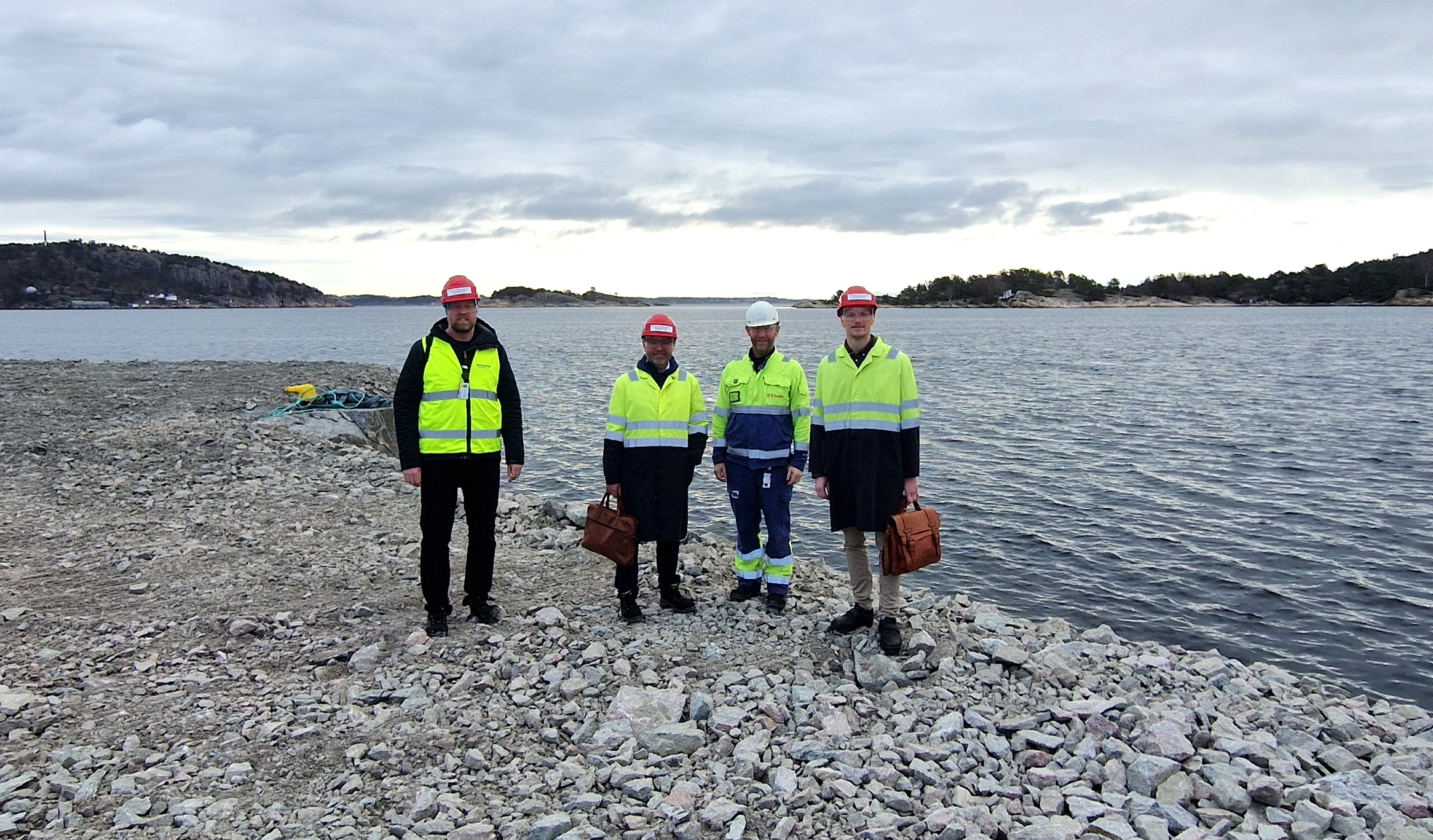He gave an introduction to the GCE NODE Strategy Meeting in Grimstad Thursday where he talked about global challenges with relation to the oil and gas industry.
Based on UN’s Sustainable Development Goals, the world is committed to both lifting people out of poverty and also reducing emissions to mitigate the effects of global warming.
“Global warming is one of the greatest threats of our time. The effects of man-made climate change have to be significantly reduced. At the same time, one billion people do not have access to energy at all, hundreds of millions of people dream of a better life, and the global population grows by the rate of 80 million people annually, equivalent to a new Germany each year. So, we need to reduce emissions while meeting increased demand for energy. This is the double challenge we find ourselves faced with,” asked Schjøtt-Pedersen.
“DEMAND FOR OIL WILL DECREASE”
“Let there be no doubt: Global demand for oil and gas will decrease. But in any viable scenario, oil and gas will be a large part of the energy mix, also by the standards set by the Paris accord,” says Schjøtt-Pedersen.
Due to depletion of current oil fields, the search and development of new oil fields is necessary to meet future demand.
“It is important for Norway to continue to find new oil, but it is also clear that some resources will remain in the ground,” says Schjøtt-Pedersen.
Last week, a joint Norwegian oil and gas industry set new targets for emissions from the production of oil and gas on the Norwegian Continental Shelf. Emissions are to be cut by 40 per cent by 2030 and to near zero in 2050.
“Our industry has never had more ambitious goals,” says Schjøtt-Pedersen.
CCS PART OF SOLUTION
He pointed to carbon capture and storage as a key enabler for cuts required to reach the climate goals.
“By extracting, capturing and storing carbon from natural gas, we are left with an emission free energy source; hydrogen – a very powerful energy source that can be transported to Europe,” explained Schjøtt-Pedersen.
He is confident that the oil and gas industry will provide the technology necessary to reduce emissions and produce the energy that the world demands.
“We need to acknowledge that we are part of the problem and recognize the importance and value of the environmental organizations’ push for a green shift. We would also like for the environmental organizations to acknowledge that the oil and gas industry is part of the solution and recognize the importance of our work to provide technology and competence necessary to solve global challenges,” says Schjøtt-Pedersen.
“It is a traditional oil and gas company, Total, that is leading the way within solar power. And it is our own oil and gas company, Equinor, that is leading the way within floating wind power,” reminded Schjøtt-Pedersen.





